Understanding Double Concentrated Tomato Puree vs Tomato Paste
Tomato-based products are staples in many cuisines worldwide, serving as foundational ingredients in sauces, soups, and stews. Among these, tomato puree and tomato paste are commonly used, but confusion often arises regarding their differences, especially with terms like "double concentrated tomato paste" entering the market.
What is Tomato Puree?
Tomato puree is a smooth, thick liquid made by cooking and straining tomatoes to remove seeds and skins. It is typically less concentrated than tomato paste, retaining more moisture.
Production Process
-
Tomatoes are harvested, washed, and crushed into a pulp.
-
The pulp is heated to eliminate microorganisms and then strained to achieve a smooth consistency.
-
It is often lightly concentrated through evaporation to enhance flavor and shelf life.
Key Characteristics
-
Consistency: Fluid and pourable, similar to a thick sauce.
-
Color: Bright red, reflecting its fresh tomato origins.
-
Flavor: Mild and slightly sweet, with a balanced acidity.
What is Tomato Paste?
Tomato paste is a highly concentrated product made by cooking tomatoes for several hours to remove most of the water content. This results in a dense, rich substance used to intensify flavors in dishes.
Production Process
-
Tomatoes are reduced through prolonged heating and evaporation.
-
The mixture is strained to achieve a uniform texture, often with a higher solids content than puree.
-
It is packaged in cans, tubes, or jars for preservation.
Key Characteristics
-
Consistency: Thick and spreadable, not pourable.
-
Color: Deep red to brownish-red, indicating concentration.
-
Flavor: Robust and tangy, with a pronounced umami profile.
Exploring Double Concentrated Tomato Paste
Double concentrated tomato paste refers to a variant that undergoes additional evaporation, resulting in a higher solids content and more intense flavor compared to standard tomato paste. This product is designed for recipes requiring a stronger tomato essence without adding excess liquid.
What Makes It Different?
-
Concentration Level: It contains approximately twice the tomato solids of standard paste, achieved through extended processing.
-
Water Content: Lower than regular paste, making it more viscous and potent.
-
Storage: Often sold in smaller quantities due to its potency, and it can be reconstituted with water for various uses.
Common Uses
-
Ideal for dishes where space or liquid balance is critical, such as braises, rubs, or concentrated sauces.
-
Frequently used in commercial food production for consistent flavor enhancement.
Comparative Analysis of Tomato Products
This section examines key aspects to highlight the distinctions between tomato puree, tomato paste, and double concentrated tomato paste.
Concentration Levels
-
Tomato Puree: Typically has a solids content of 8-12%, as defined by food standards.
-
Tomato Paste: Generally ranges from 24% to 30% solids.
-
Double Concentrated Tomato Paste: Often exceeds 30% solids, with some variants reaching up to 36%.
Flavor Profile
-
Tomato Puree: Offers a fresh, subtle taste that blends easily into liquids.
-
Tomato Paste: Provides a deep, caramelized flavor due to prolonged cooking.
-
Double Concentrated Tomato Paste: Delivers an even more intense, savory note, suitable for reducing cooking times in flavor development.
Nutritional Content
-
All products retain essential nutrients like lycopene, vitamin C, and potassium, but concentrations vary.
-
Higher concentration products, such as double concentrated tomato paste, may have increased levels of certain nutrients per unit volume due to reduced water content.
-
Caloric density tends to rise with concentration, as sugars and other compounds become more concentrated.
Culinary Applications
-
Tomato Puree: Best for soups, light sauces, and dishes requiring a liquid base without overwhelming tomato flavor.
-
Tomato Paste: Used to thicken and enrich stews, curries, and pasta sauces; often sautéed with aromatics to develop depth.
-
Double Concentrated Tomato Paste: Employed in recipes where a powerful tomato presence is needed, such as marinades, glazes, or as a base for reconstituted sauces.
Key Differences Summarized
To aid in selection, the following points outline the primary distinctions:
-
Texture: Puree is fluid, paste is thick, and double concentrated paste is denser.
-
Flavor Intensity: Increases from puree to paste to double concentrated versions.
-
Usage Flexibility: Puree is versatile for liquid-based dishes, while pastes are better for concentrated flavor applications.
-
Storage and Shelf Life: Higher concentration products like double concentrated tomato paste often have longer shelf lives due to lower moisture content.
Understanding the differences between tomato puree, tomato paste, and double concentrated tomato paste can enhance culinary outcomes by ensuring the right product is chosen for each recipe. While tomato puree offers mildness and fluidity, tomato paste and its double concentrated counterpart provide depth and intensity, with the latter being particularly useful for efficient flavor incorporation. By considering factors such as concentration, flavor, and application, consumers and professionals can make informed decisions without reliance on subjective preferences.
For exclusive discounts and the latest offers, please enter your address and information below.

 EN
EN  English
English Français
Français 中文简体
中文简体

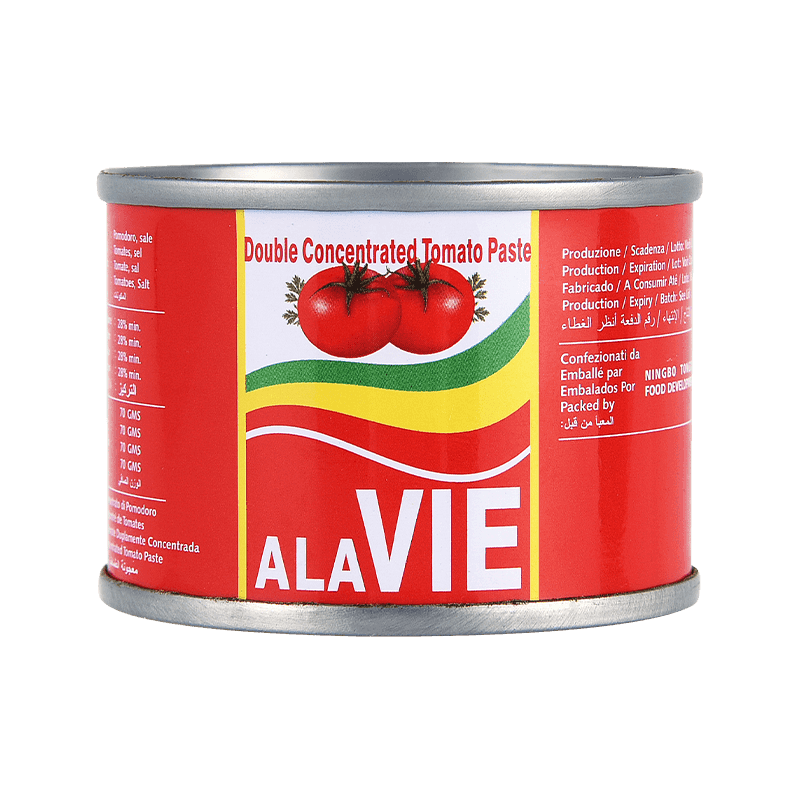
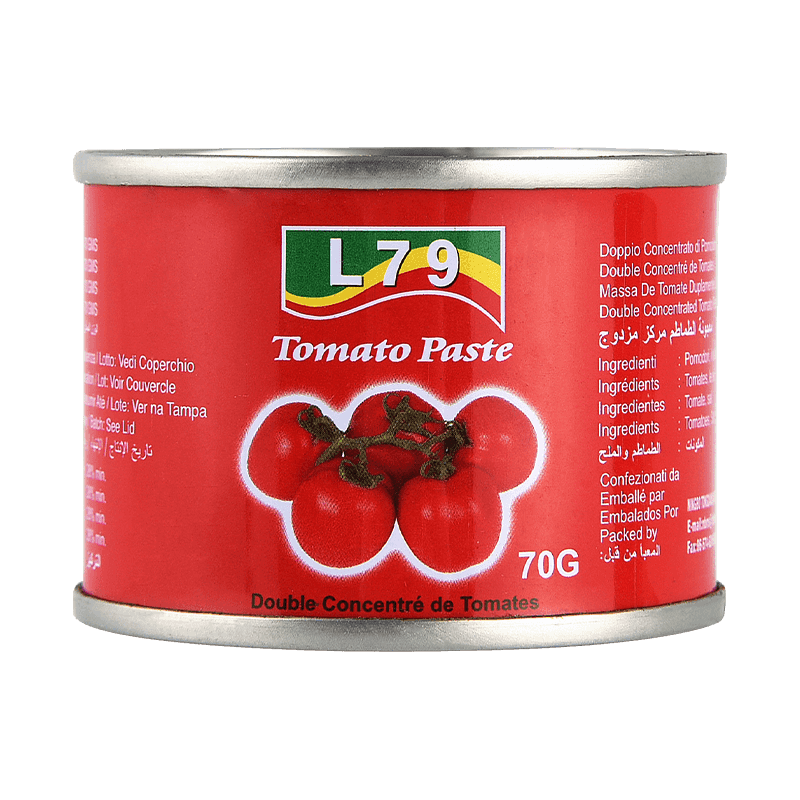
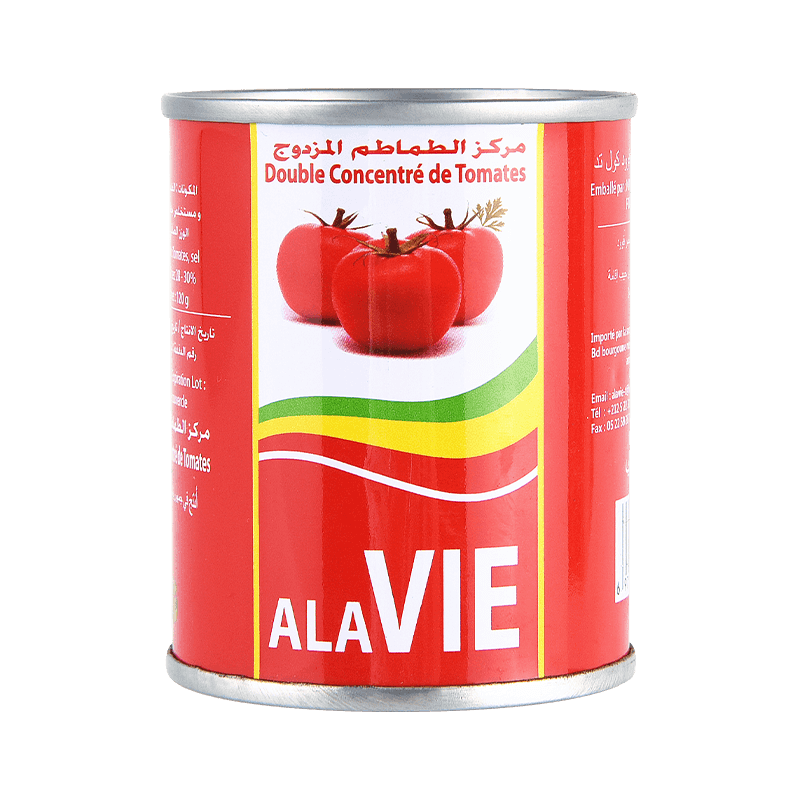
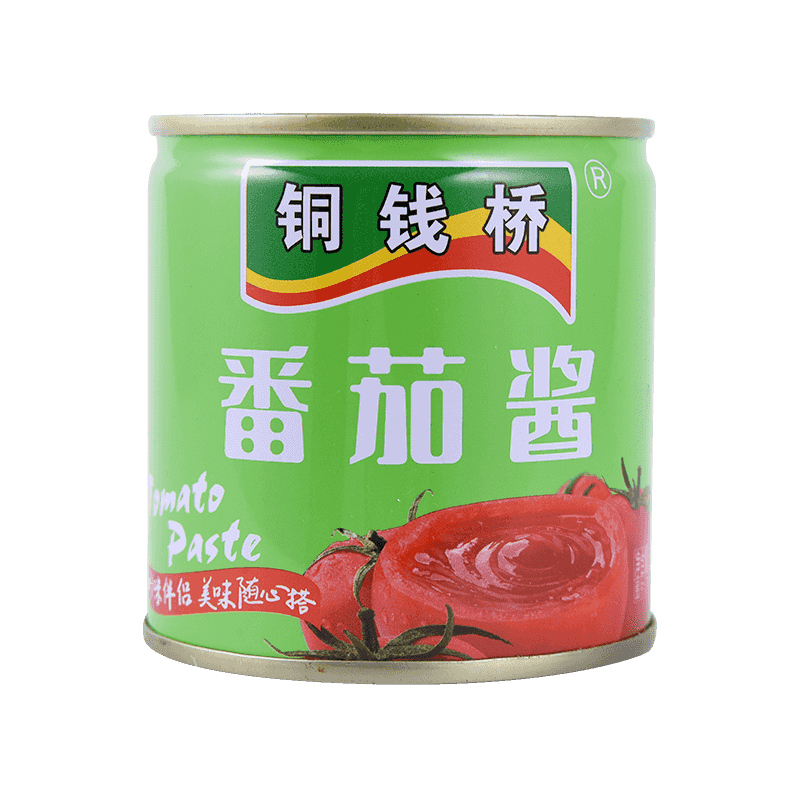
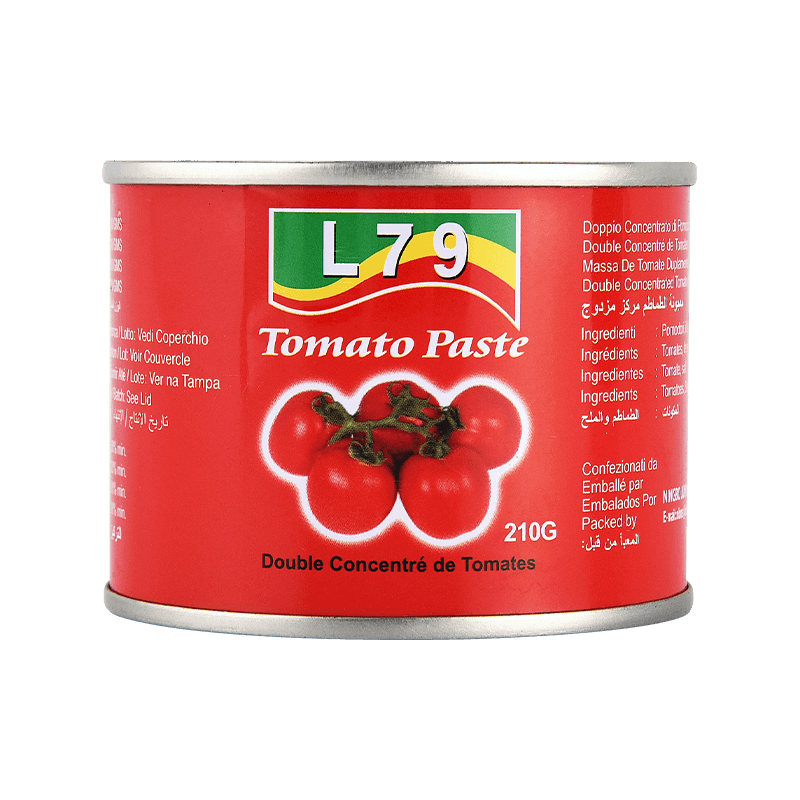
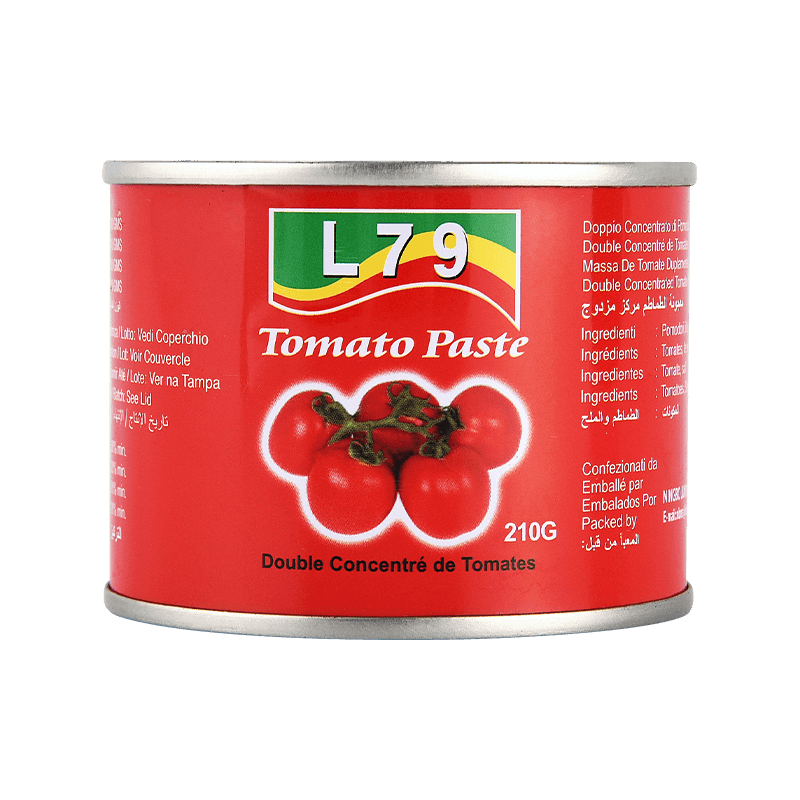
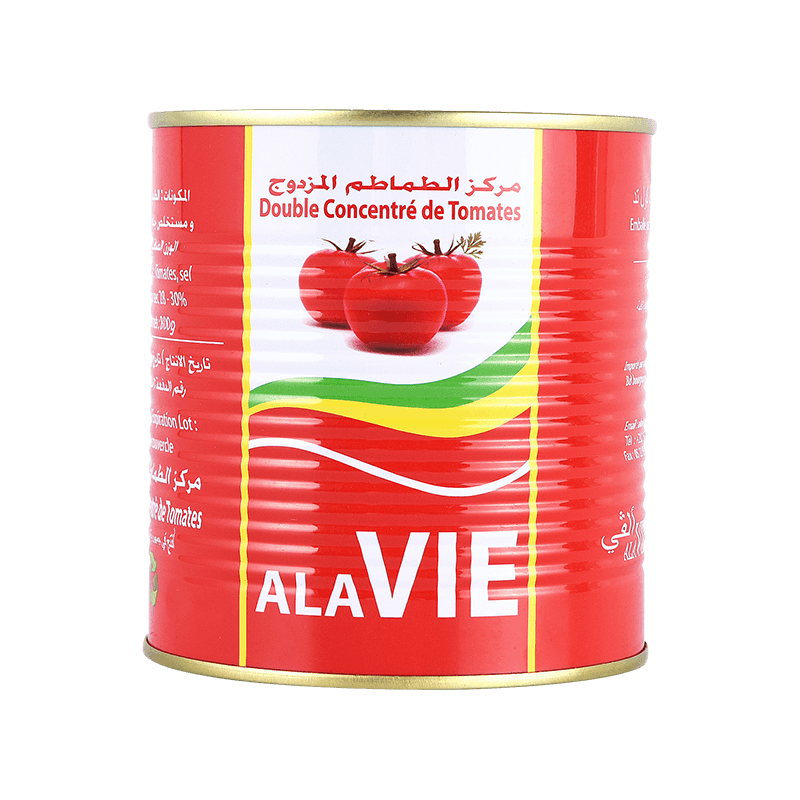


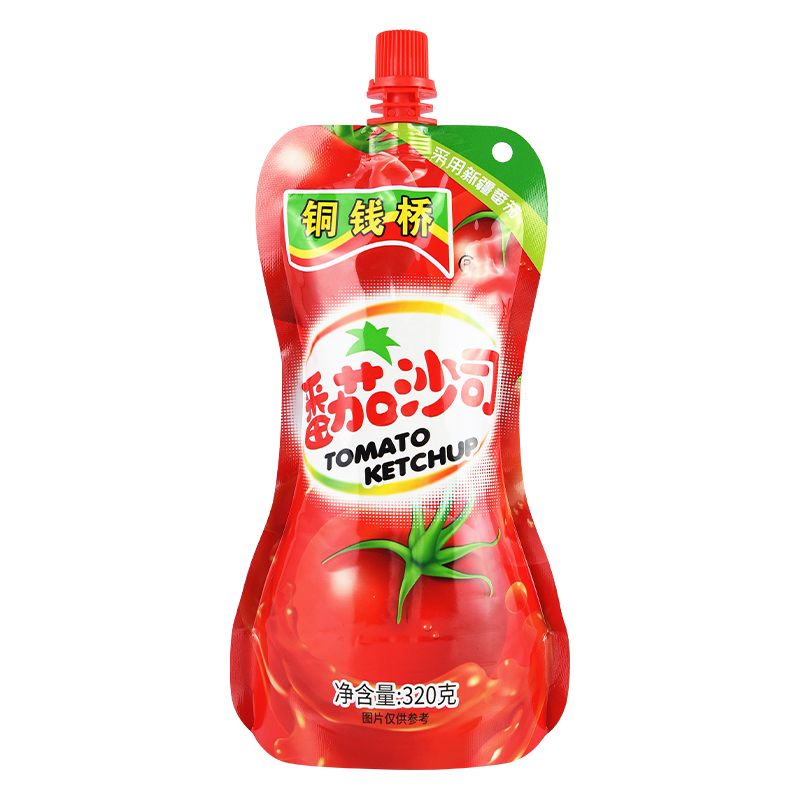
 No.1 Tongqianqiao Road, Dongpu Village, Simen Town, Yuyao, Zhejiang Province
No.1 Tongqianqiao Road, Dongpu Village, Simen Town, Yuyao, Zhejiang Province  nbms@nbtomato.com
nbms@nbtomato.com 
